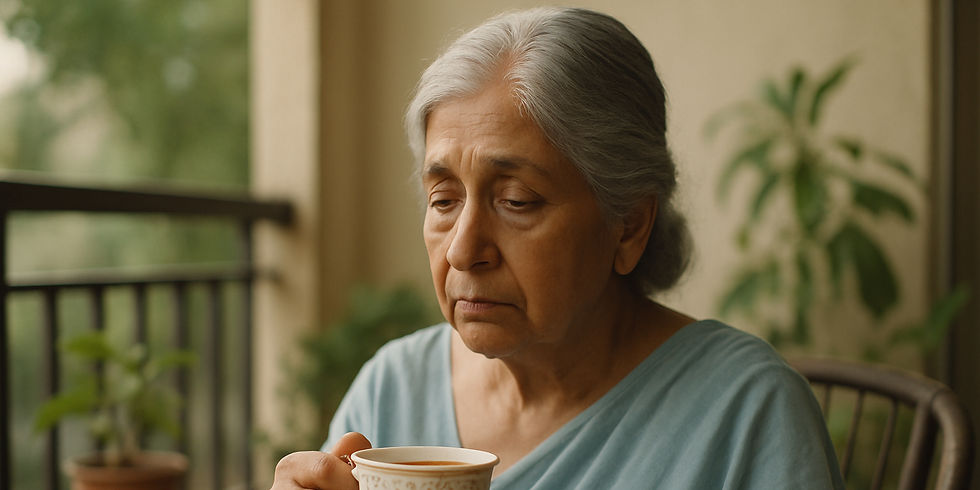Palliative Care: What It Really Means for You and Your Loved Ones
- saqlainm5
- Apr 30
- 2 min read
Updated: May 5
At Home and Community Care Ltd. (HCCL), we believe that palliative care is more than just end-of-life support, it’s about preserving dignity, reducing discomfort, and helping families navigate one of life’s most profound journeys with peace and compassion.
Palliative care can be misunderstood or even feared, but it’s actually one of the most supportive and life-affirming services available to individuals facing life-limiting conditions. Here, we address common questions and share insights to help families better understand what palliative care truly means today.
1. What Is Palliative Care?
Palliative care is a holistic approach designed to enhance the quality of life for individuals and families coping with serious illness. It focuses on:
Managing physical and emotional symptoms
Reducing pain and distress
Supporting psychological, spiritual, and social well-being
Helping patients and families experience peace, dignity, and comfort
Guiding caregivers through their responsibilities
Ideally, palliative care should begin at diagnosis, not just in the final stages of life. It works alongside curative treatments and is tailored to support both patients and their caregivers through the ups and downs of serious illness.
2. Is There a Difference Between Palliative Care, Hospice Care, and Hospice Palliative Care?
In practice, these terms are often used interchangeably. Some professionals use "hospice care" to describe services provided in a home or community setting, while others refer to the broader approach as hospice palliative care.
At HCCL, we view all three as part of the same compassionate philosophy of care—centered around comfort, support, and dignity, regardless of the setting.
3. Where Can You Receive Hospice Palliative Care?
Palliative care can be provided in various environments:
🏠 At Home – with support from trained caregivers and nurses
🏥 In Hospitals – in dedicated palliative units or wards
🧓 In Long-Term Care Facilities – when services are available
🏡 In Hospices – homelike centers for intensive 24-hour care
While many people express a desire to pass away peacefully at home, a majority still receive palliative care in hospitals—often in the last month of life. This gap exists due to limited home care services and inadequate support for family caregivers.
4. A Common Misconception: Palliative Care Means “Giving Up”
One of the most persistent myths is that accepting palliative care means stopping all other treatments. In reality, palliative care can work alongside ongoing therapies to improve comfort and quality of life.
When symptoms are controlled, emotional needs are addressed, and families feel supported, individuals can live more meaningfully—even with a life-threatening illness.
Changing the Conversation Around Palliative Care
When people hear the term "palliative care," they often think of death. But at HCCL, we’re working to change that perception. We view palliative care as a celebration of life, supporting our clients not just through the end, but throughout the journey.
From expert caregivers to emotional support and symptom relief, we’re here to walk alongside you with empathy and respect.
Need Support with Palliative Care at Home?
If your loved one has been diagnosed with a life-limiting illness, let HCCL help. We provide trained caregivers, home-based therapy, medical coordination, and the kind of attentive care that brings peace of mind to both patients and families.
📞 Contact us today to learn how HCCL can support your palliative care journey.






Comments